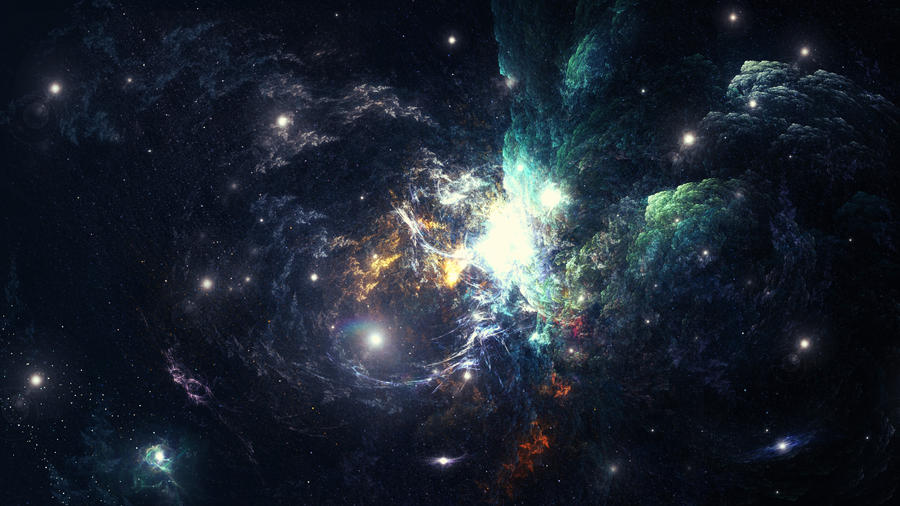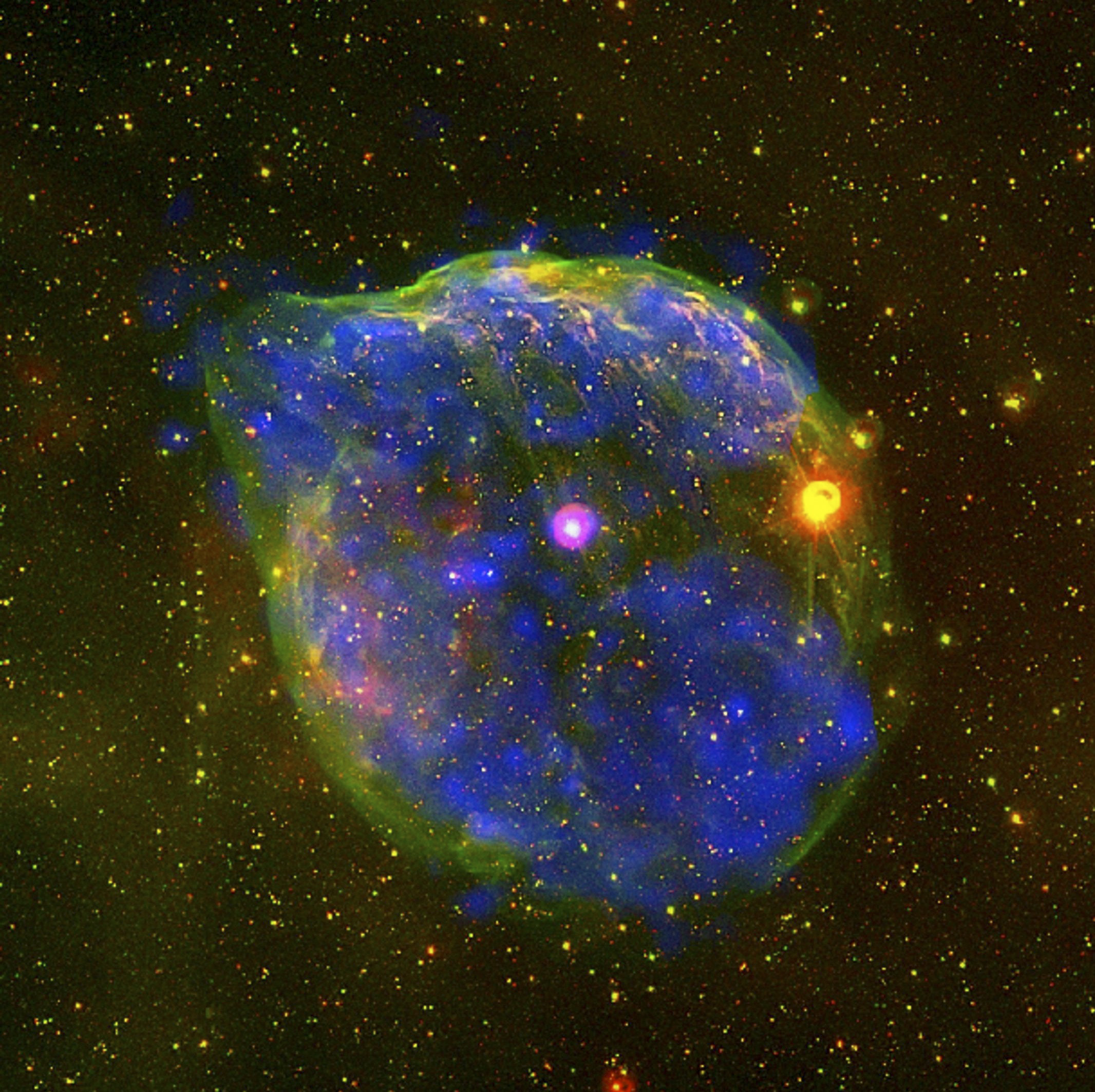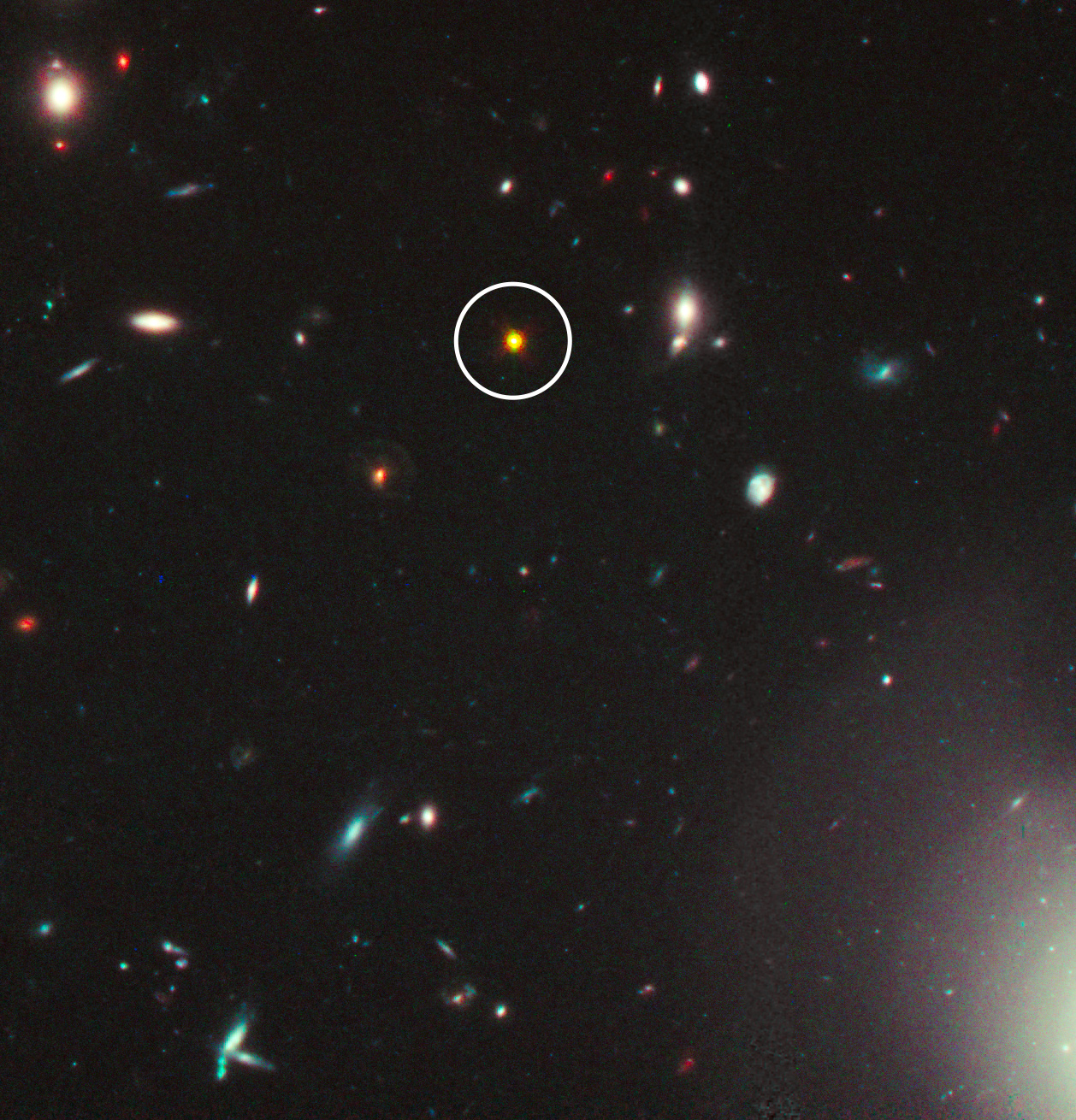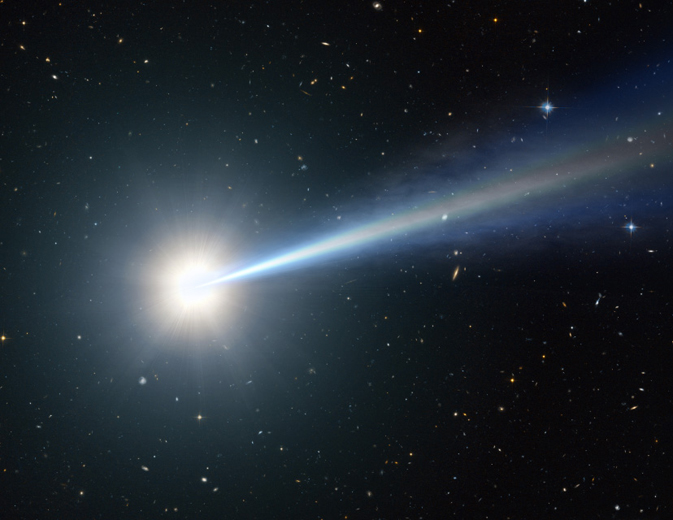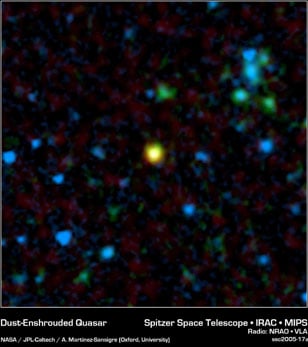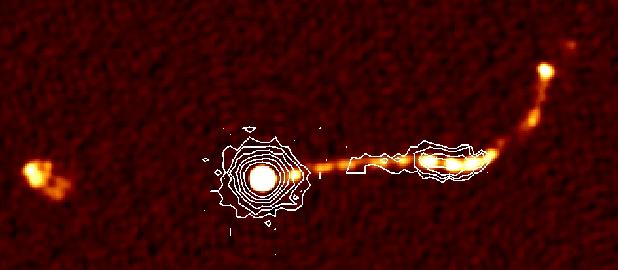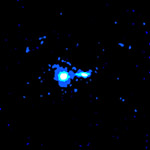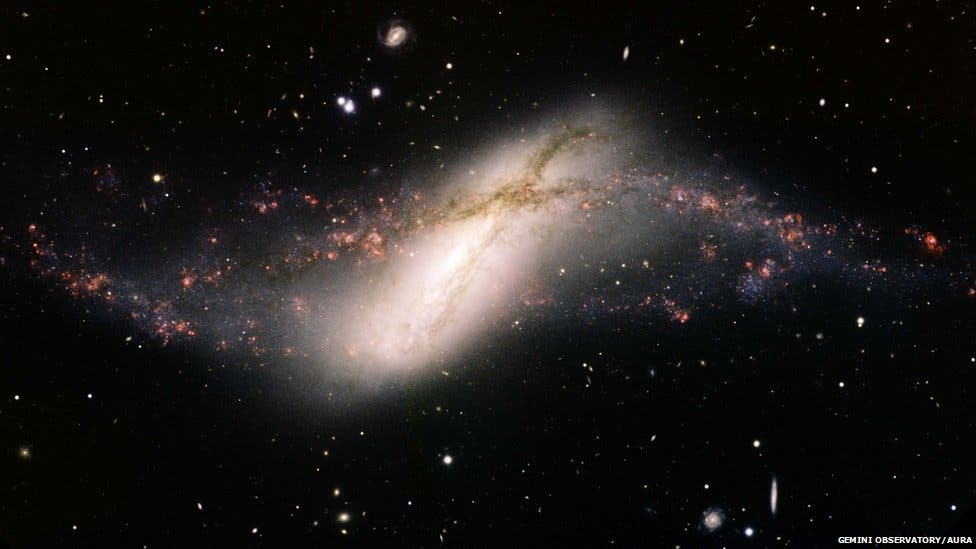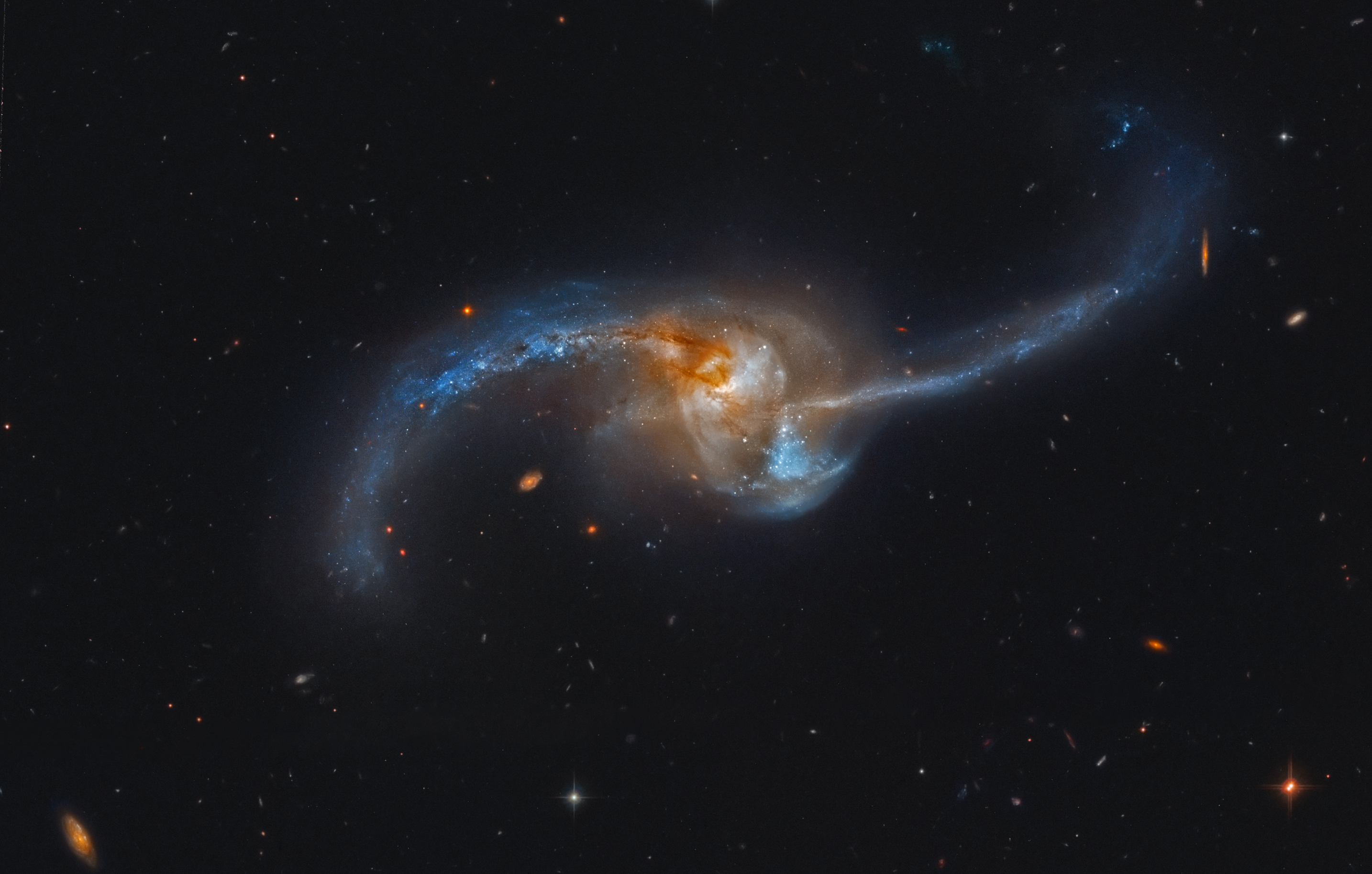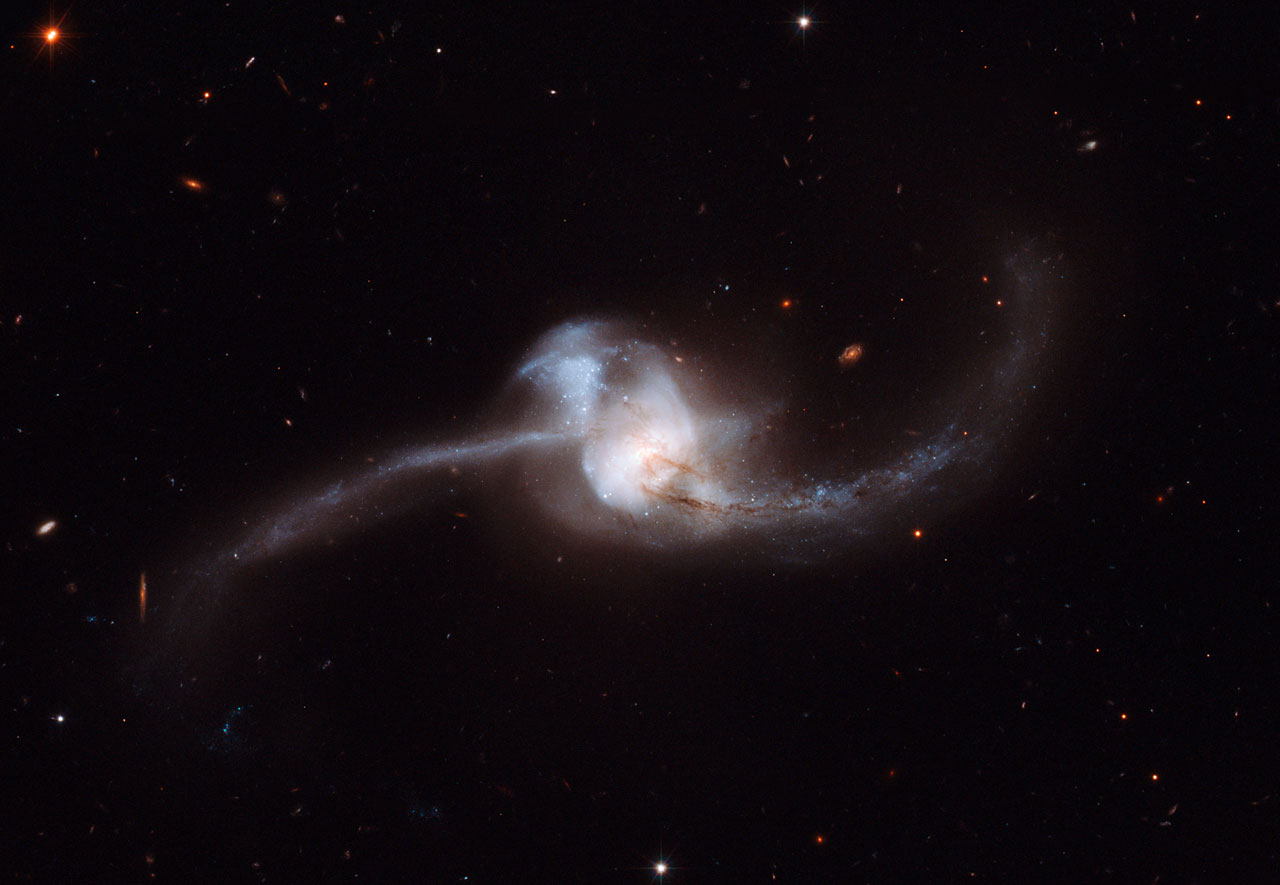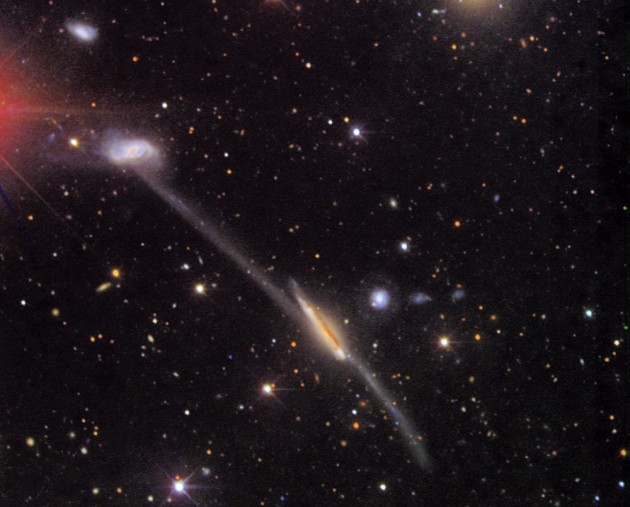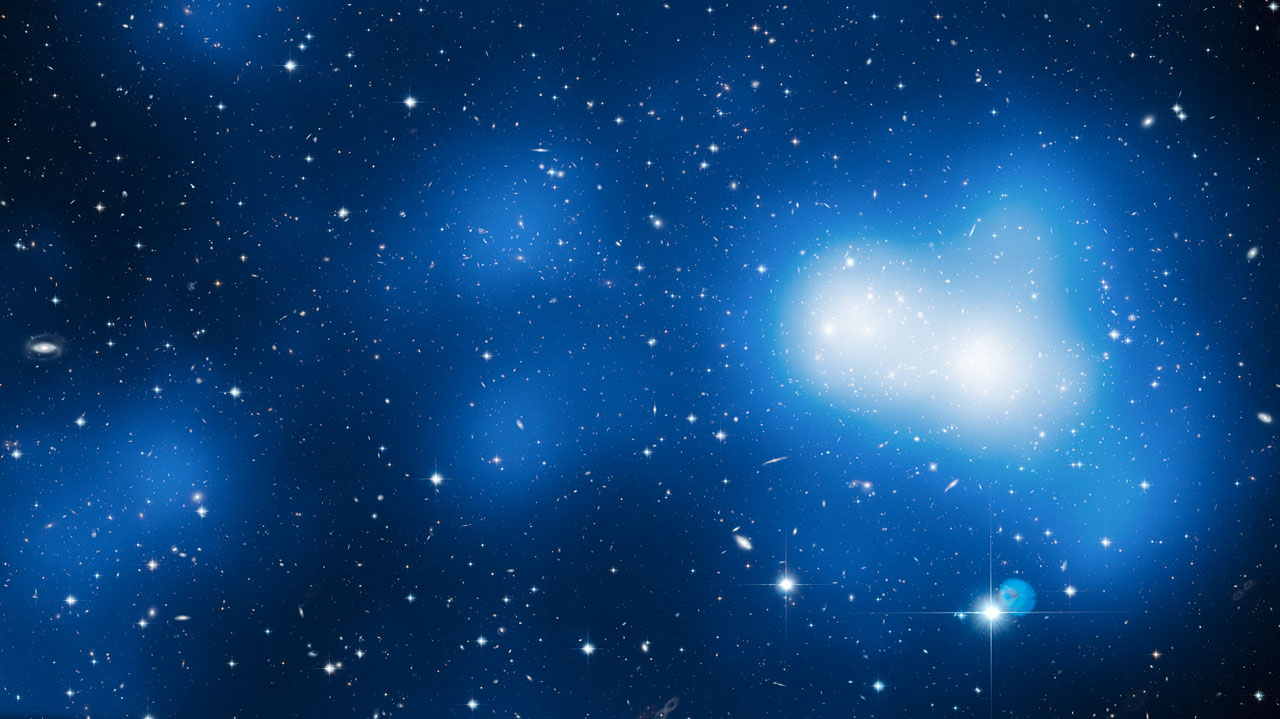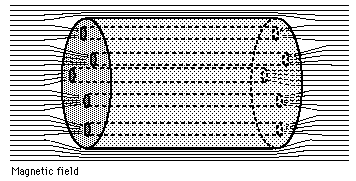Dark galaxies have been supposedly observed by glowing fluorescent hydrogen gas being illuminated by a nearby quasar's ultraviolet radiation. The light from the quasar illuminates dark galaxies in a process similar to how white clothes fluorescence by ultraviolet light in the dark. Sebastiano Cantalupo at The Kavil Foundation says "Dark galaxies are composed of both dark matter and gas." The only real component found is gas, and it is not being properly identified as ionized electromagnetic plasma. There is no detectable starlight, nor any stars observable in the gas, mystifying these scientists who call it a "dark galaxy." Without even taking measurements to see if there is any missing gravity nearby requiring dark matter, the glowing fluorescent ionized plasma gas is called a "dark matter galaxy." "First Detection of Dark Galaxies Sheds Fluorescent Light" - Feature story
Simon Lilly at the Kavli Institute for cosmology says "I wonder if we can use this technique to see the emission of filamentary gas in the cosmic web, and if so, how close are we to seeing that? Answer: A lot closer than how they think.
 |
| 12 Dark Galaxies Discovered Glowing From Nearby Quasar Radiation - "Shining a Light on Dark Galaxies" (Kavli Foundation Oct 2012 second story) |
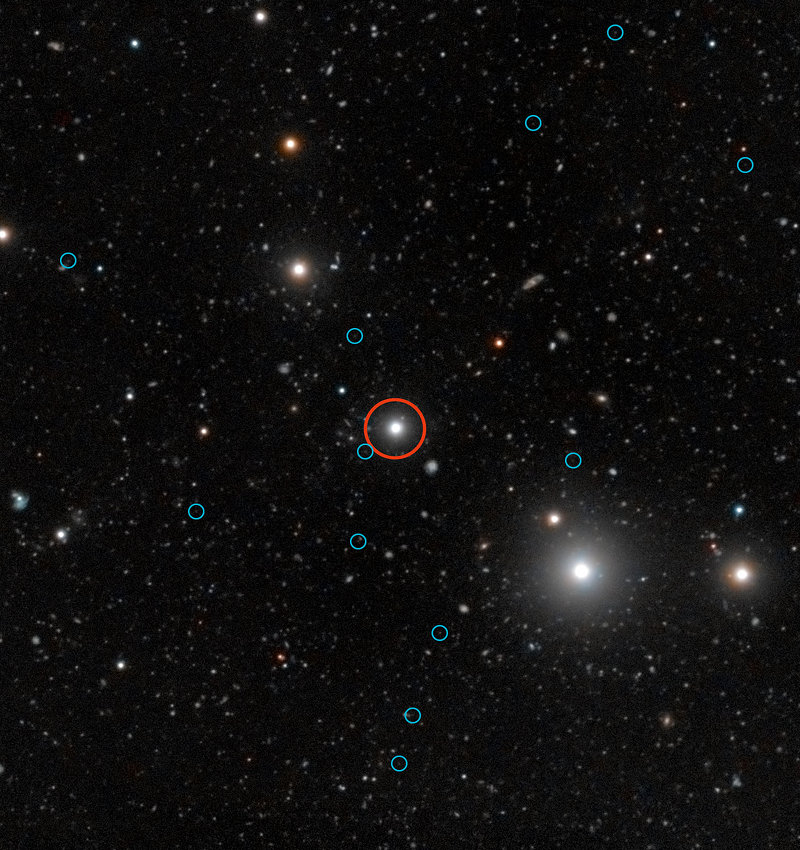 |
| 12 presumed dark galaxies are circled and near quasar HE0109-3518 at the center (original July 2012 story) |
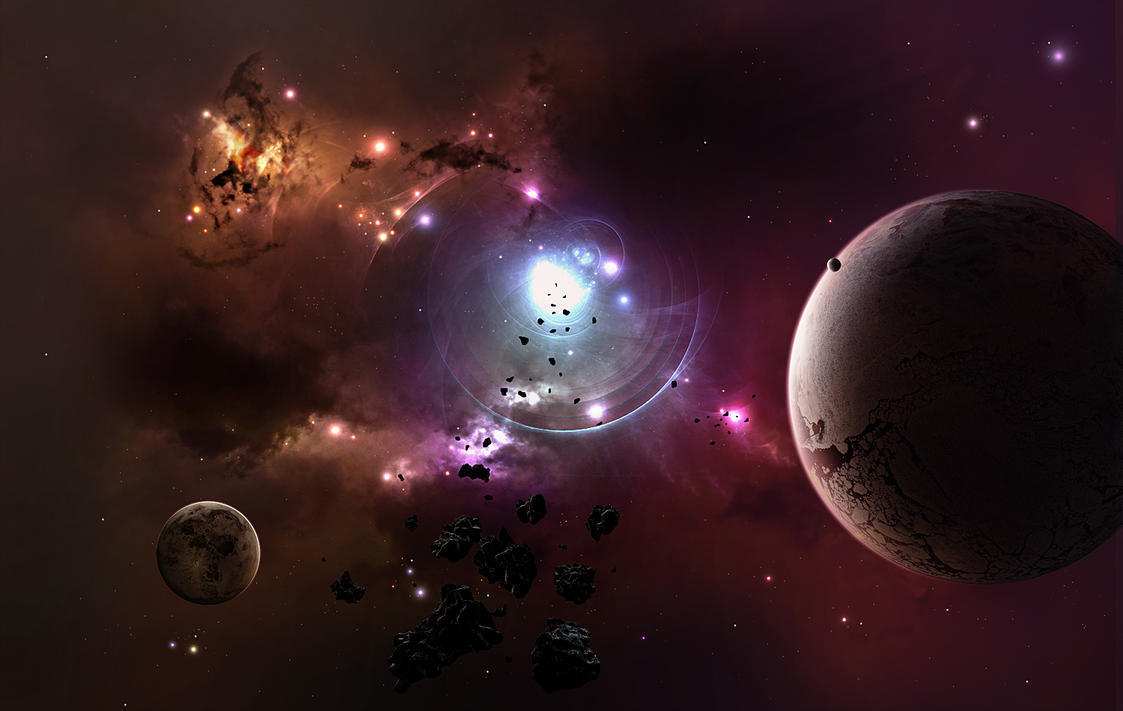 |
| Dark galaxy with dark stars and dark planets |





